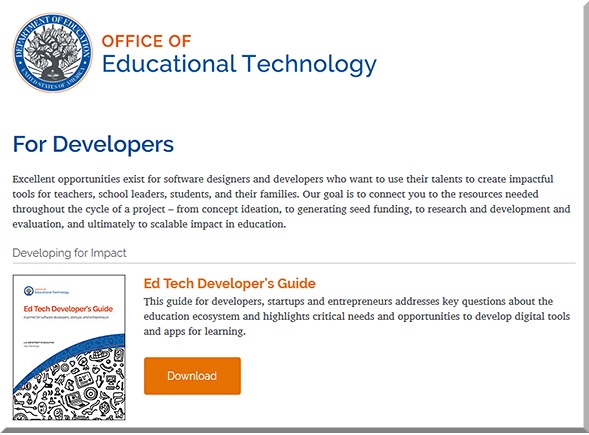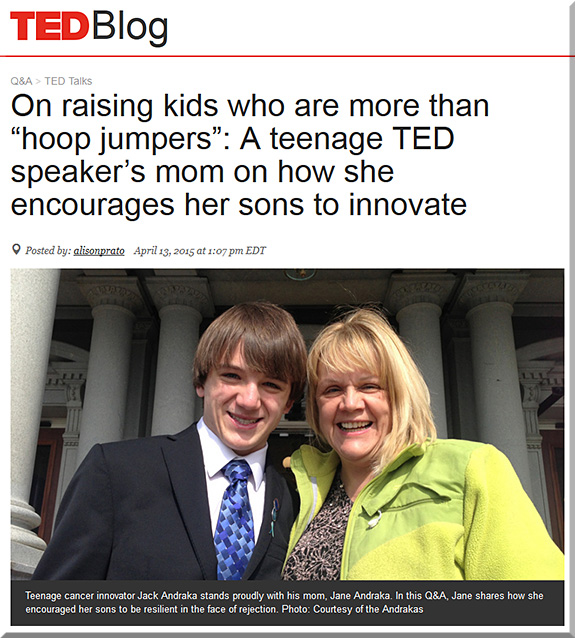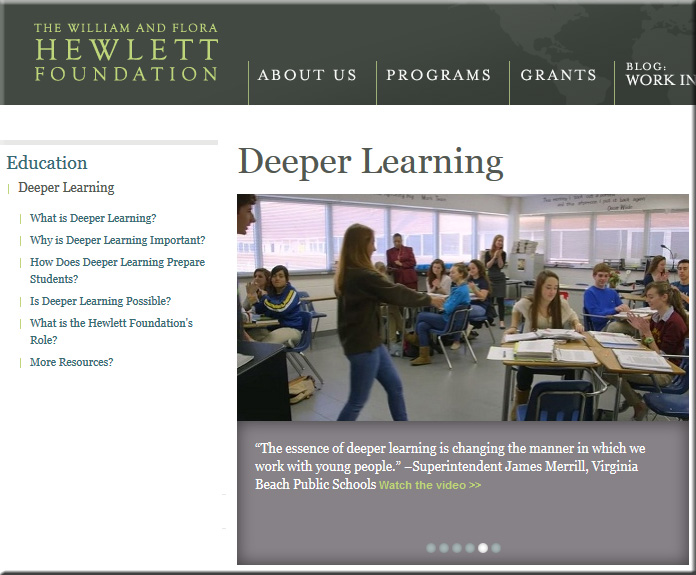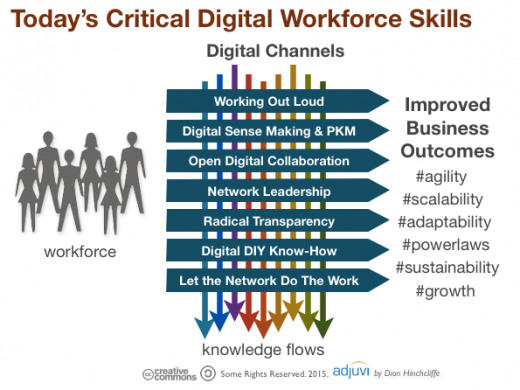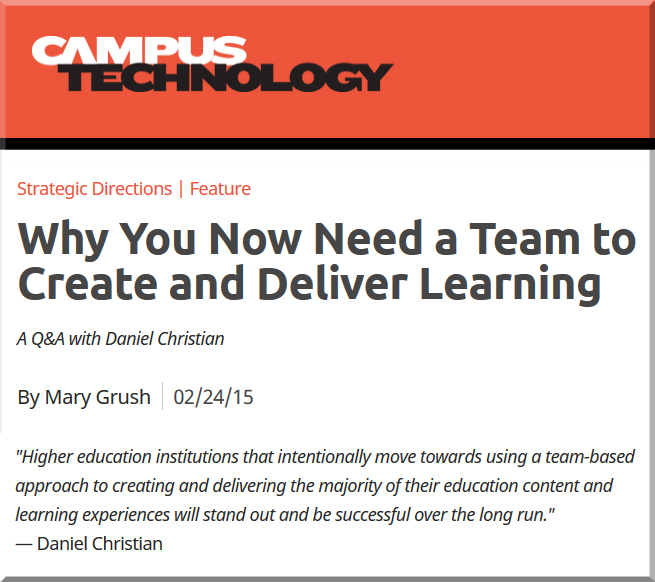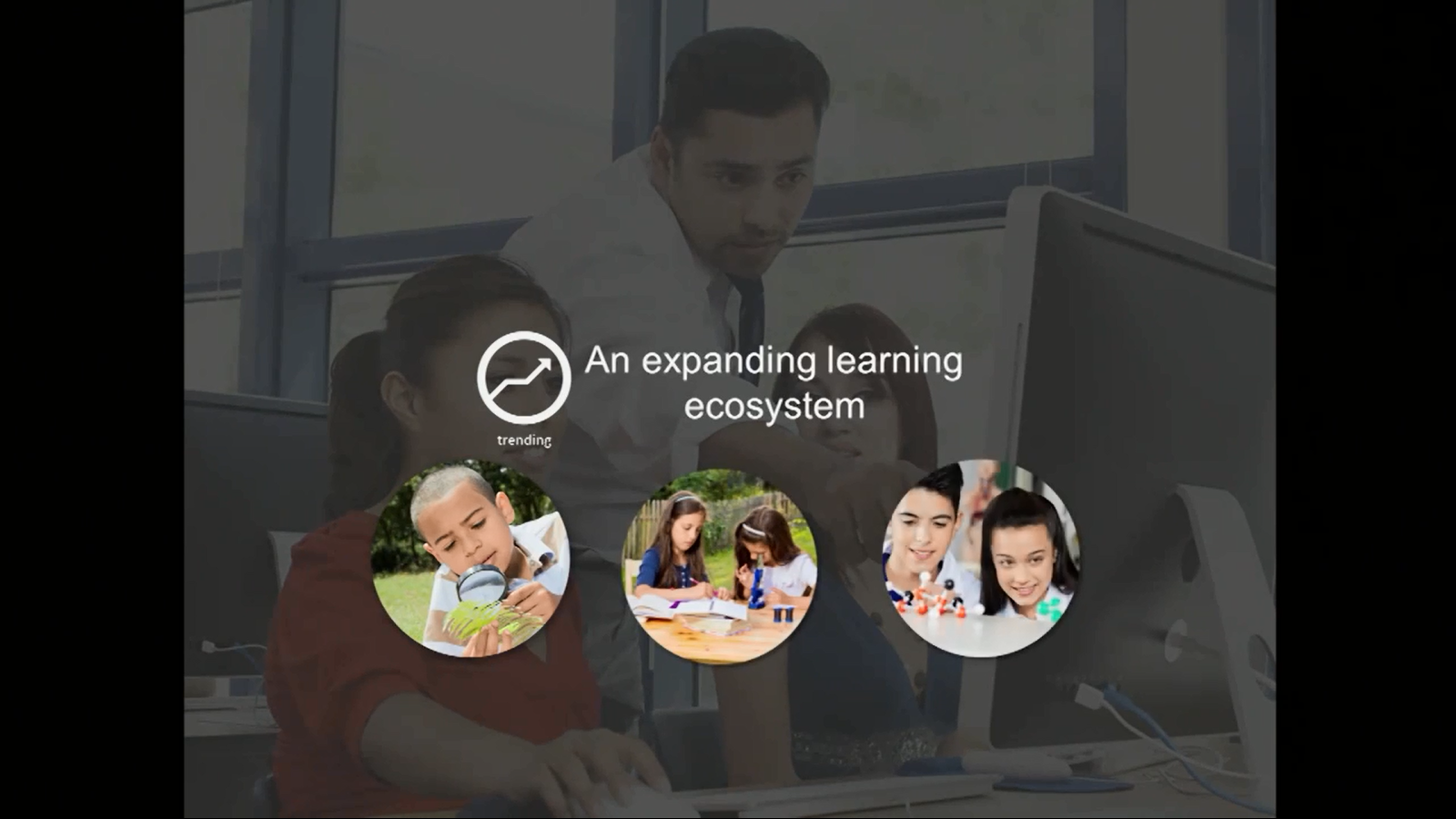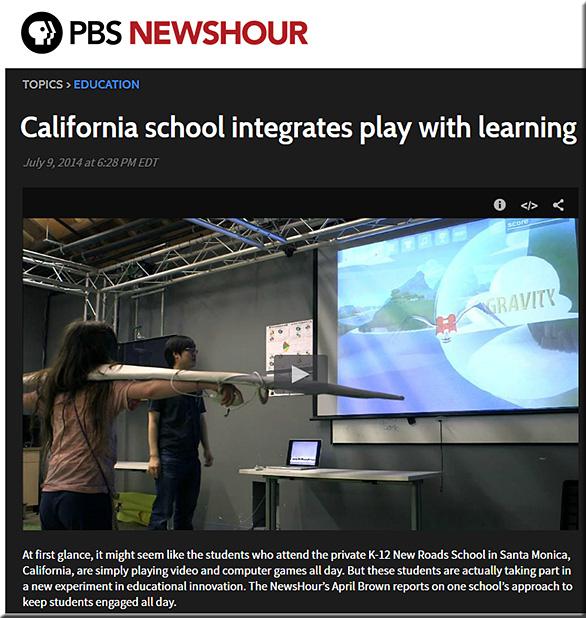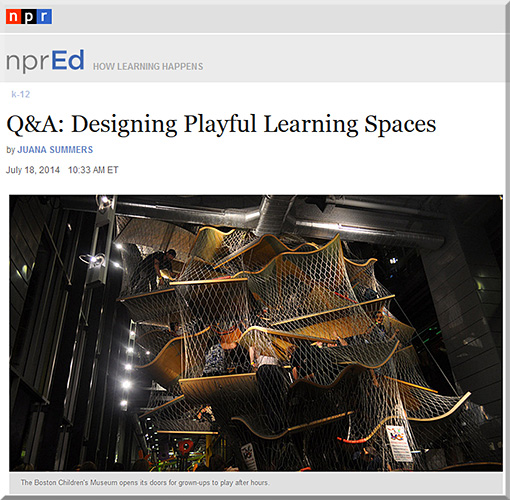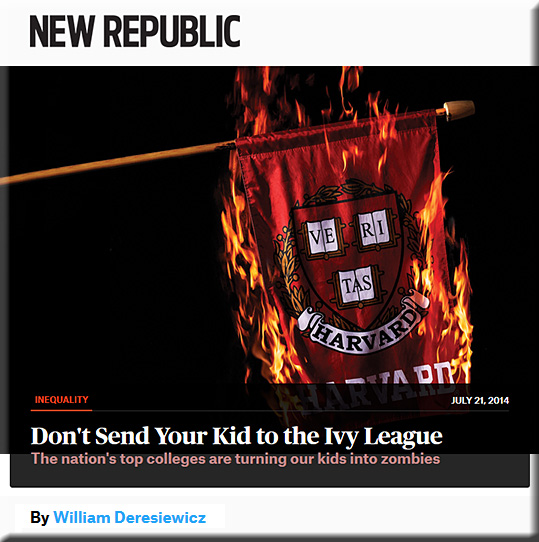
Don’t Send Your Kid to the Ivy League — from newrepublic.com by William Deresiewicz
The nation’s top colleges are turning our kids into zombies
Excerpts:
I taught many wonderful young people during my years in the Ivy League—bright, thoughtful, creative kids whom it was a pleasure to talk with and learn from. But most of them seemed content to color within the lines that their education had marked out for them. Very few were passionate about ideas. Very few saw college as part of a larger project of intellectual discovery and development. Everyone dressed as if they were ready to be interviewed at a moment’s notice.
Look beneath the facade of seamless well-adjustment, and what you often find are toxic levels of fear, anxiety, and depression, of emptiness and aimlessness and isolation. A large-scale survey of college freshmen recently found that self-reports of emotional well-being have fallen to their lowest level in the study’s 25-year history.
So extreme are the admission standards now that kids who manage to get into elite colleges have, by definition, never experienced anything but success. The prospect of not being successful terrifies them, disorients them. The cost of falling short, even temporarily, becomes not merely practical, but existential. The result is a violent aversion to risk. You have no margin for error, so you avoid the possibility that you will ever make an error.
…
One student told me that a friend of hers had left Yale because she found the school “stifling to the parts of yourself that you’d call a soul.”
…
Return on investment”: that’s the phrase you often hear today when people talk about college. What no one seems to ask is what the “return” is supposed to be. Is it just about earning more money? Is the only purpose of an education to enable you to get a job? What, in short, is college for?
…
But what these institutions mean by leadership is nothing more than getting to the top. Making partner at a major law firm or becoming a chief executive, climbing the greasy pole of whatever hierarchy you decide to attach yourself to. I don’t think it occurs to the people in charge of elite colleges that the concept of leadership ought to have a higher meaning, or, really, any meaning.
…
For the most selective colleges, this system is working very well indeed. Application numbers continue to swell, endowments are robust, tuition hikes bring ritual complaints but no decline in business. Whether it is working for anyone else is a different question.
…
Instead of service, how about service work? That’ll really give you insight into other people. How about waiting tables so that you can see how hard it is, physically and mentally? You really aren’t as smart as everyone has been telling you; you’re only smarter in a certain way. There are smart people who do not go to a prestigious college, or to any college—often precisely for reasons of class. There are smart people who are not “smart.”
.
From DSC:
There are so many different angles that I could write on here…but mainly I just want to say “Congratulations and thanks!” to William Deresiewicz on writing such an excellent, noble, deep, well-written article! For stepping outside the expected norm and to speak his truth — even though it may cost him. He writes about a topic that’s relevant to all of us living in the United States:
“This system is exacerbating inequality, retarding social mobility, perpetuating privilege, and creating an elite that is isolated from the society that it’s supposed to lead.”
…
“And so it is hardly a coincidence that income inequality is higher than it has been since before the Great Depression, or that social mobility is lower in the United States than in almost every other developed country. Elite colleges are not just powerless to reverse the movement toward a more unequal society; their policies actively promote it.”
The Ivies and their counterparts (including my alma mater, Northwestern) should be far less proud about how many people they reject (i.e., their low acceptance rates). Instead they should be asking themselves how they can serve much larger student bodies/audiences. Oh, I know — that sounds (and is) idealistic. But it sure would benefit a lot more people if they were to pursue such directions, and it might just help put some “soul” back into these institutions. Taking steps like the the development of edX are helpful, but don’t go far enough.









